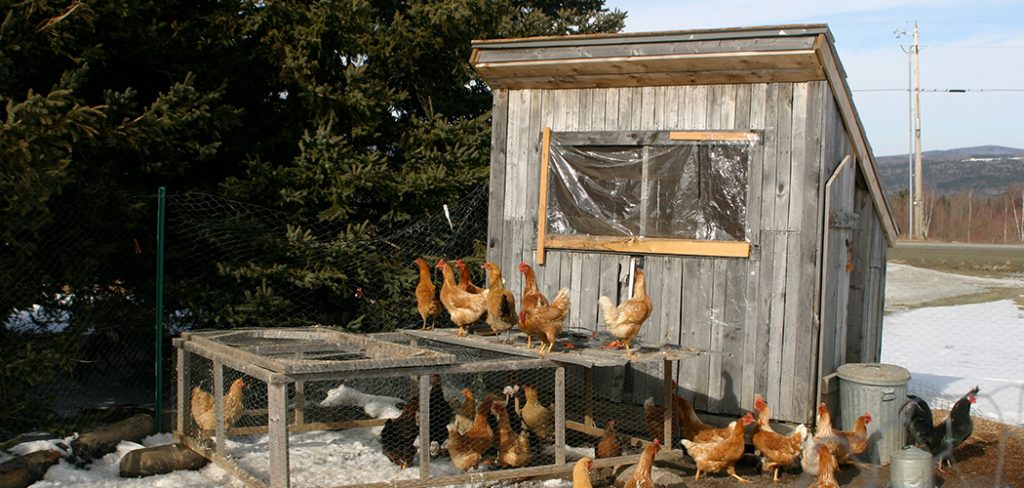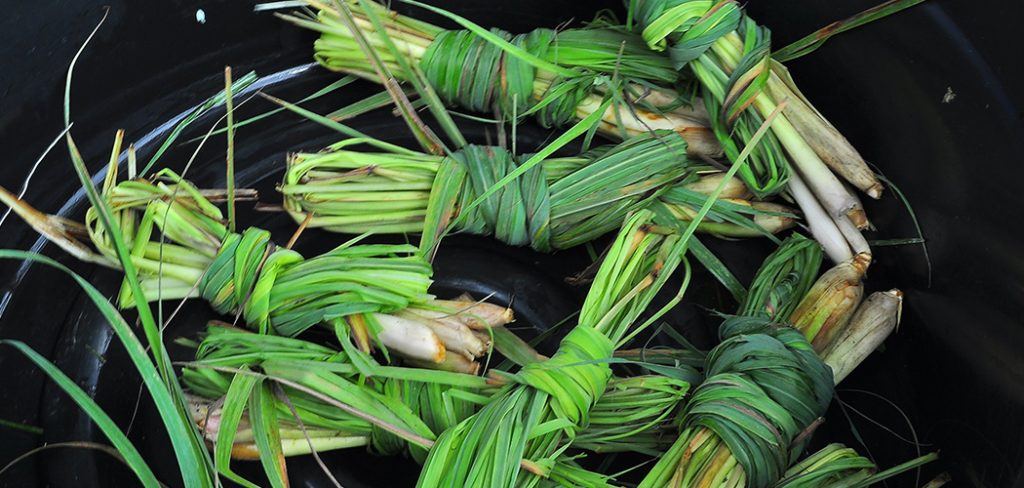If you are a fan of hibiscus tea, then you better grow hibiscus flower in your garden flower. It has a refreshing taste that comes with this tropical beauty. While growing edible hibiscus flower provides a quality cup of tea, it also adds a gorgeous beauty to your flower garden.
Apart from delivering delicious tea flavour, it also provides delicious jelly and/or relish. You can also add to salads. Edible hibiscus has medicinal content for treating certain conditions and not to forget it is rich in nutrients.
Edible hibiscus flower is gaining recognition because of its health benefits such as good anti-inflammatory, improvement of blood circulatory and easing constipation.
Hibiscus plant originated from Haiti no wonder you can see it in most wall art and printed on most of the T-shirts. It is also one of the easiest plants to propagate.
Edible and non-edible hibiscus
There exist hundreds of varieties belonging to hibiscus. And there are those that are edible and those that are non-edible, before planting any hibiscus flower, do your homework. The following are my few favourite hibiscuses.
Jamaican Sorrel (Hibiscus Sabdariffa)
Also known as Florida cranberry. This variety is tart and delicious, a substitute for cranberry. It is easy and simple to grow, and it can grow up to 5 feet tall.
Cranberry Hibiscus (Hibiscus acetosella)
Its calyx is not edible but it is one of the best variety. Its leaves are lemony which can make lovely salads. Cranberry leaves retain its color even when it is cooked.
Edible Leaf Hibiscus (Abelmoschus manihot)
This hibiscus variety can handle cold weather conditions than the rest. Its leaves are edible and they are in a variety of shapes – long and slender, round and wide shapes.
Planting hibiscus
You can plant hibiscus from seedlings or you can propagate from stems. When planting from seeds, remember hibiscus seeds are hard, scarify them before planting.
It is recommended to rub the seeds with sandpaper and soak in water overnight. Transfer onto the garden when they are 4-5 inches.
If you propagate hibiscus from cuttings to produce a replica of the mother plant. Take the softwood or new growth from the plant and dip in root hormone and quality mix of soil.
Ensure it is moist at all times until you see the signs of growing. Repot when to roots grow.
You can also grow hibiscus in a container for aesthetic purposes, besides they grow well in containers with well-mixed quality soils and fertilizers.
This way you can move around for the sunshine. You should place the container on the sunshine spot and don’t it dry up.
How to care for hibiscus
Mulch with peat, hay or straw to retain moisture for a long time especially if you are in a dry area. Pinch off the dying and wilted blooms for the plant to continue producing fresh new flowers.
Apply a well-balanced fertilizer every month to hibiscus especially when they are flowering. Continue pruning hibiscus for the flowers to keep growing.
Pests and diseases
Leaf drops, scale, Aphids, whitefly and thrips are some of the common problems faced by hibiscus plant.
Look at the gallery for growing edible hibiscus for more insights.
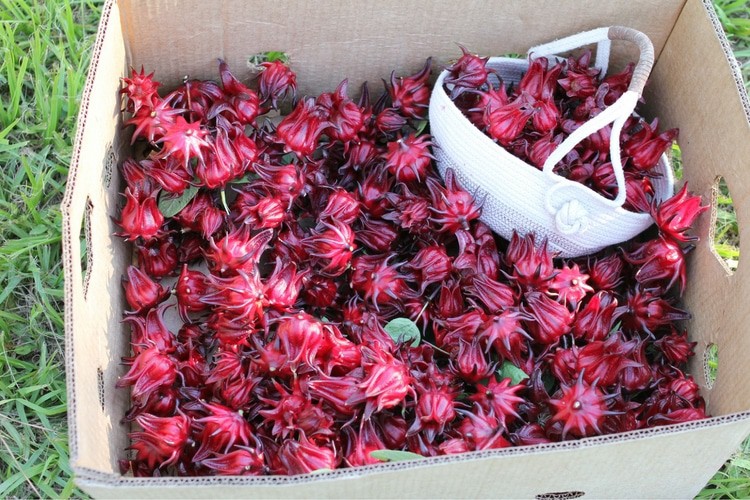
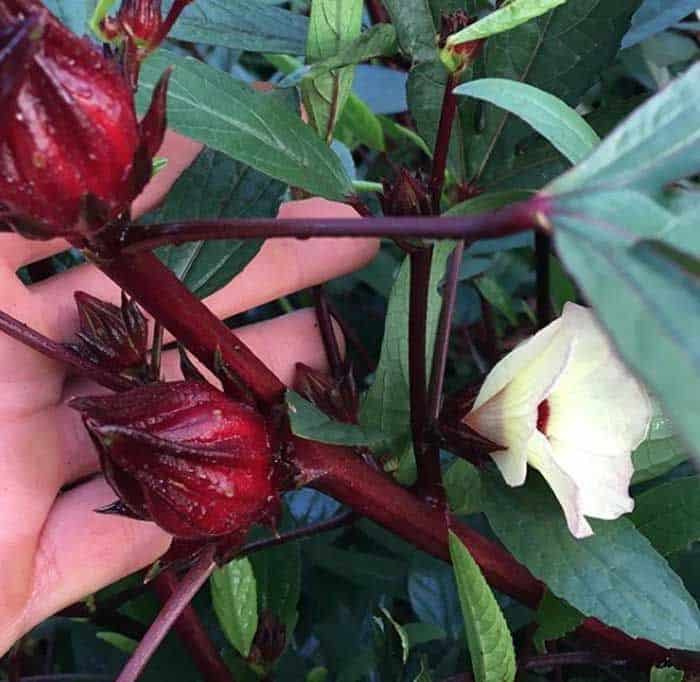
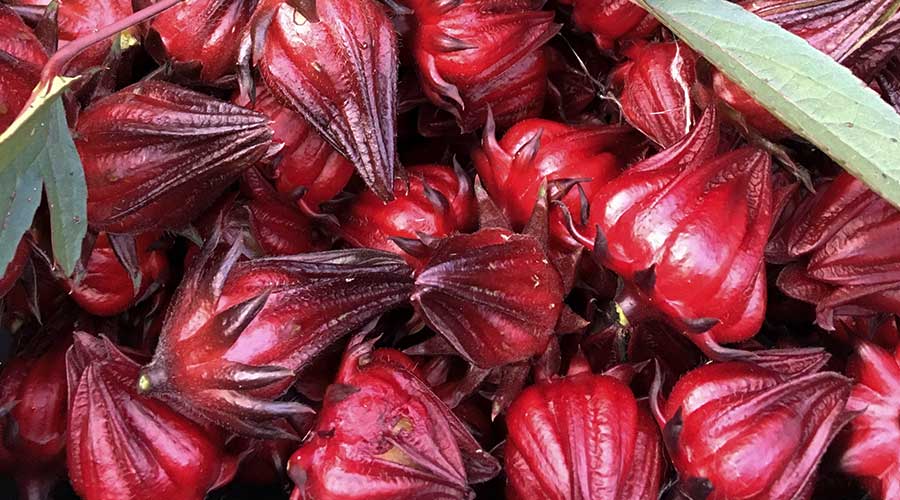
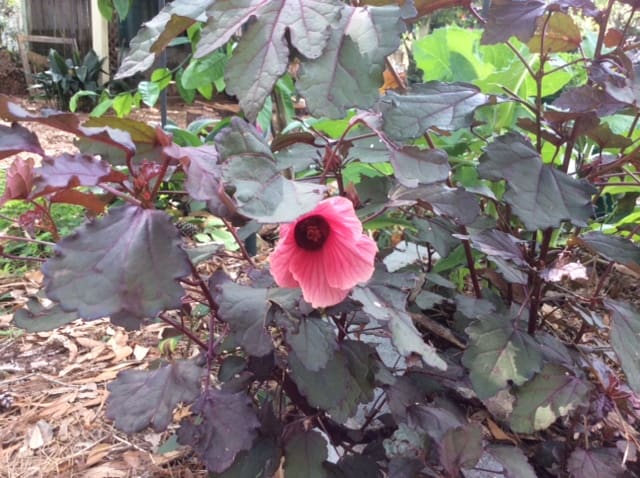

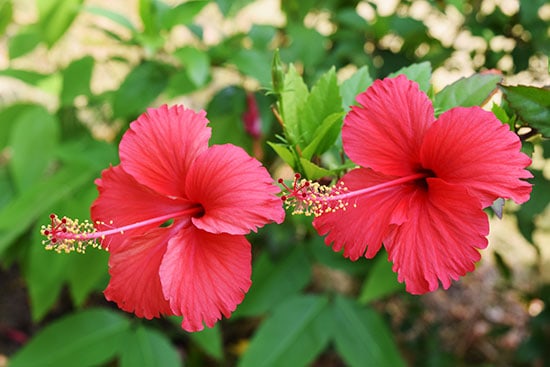
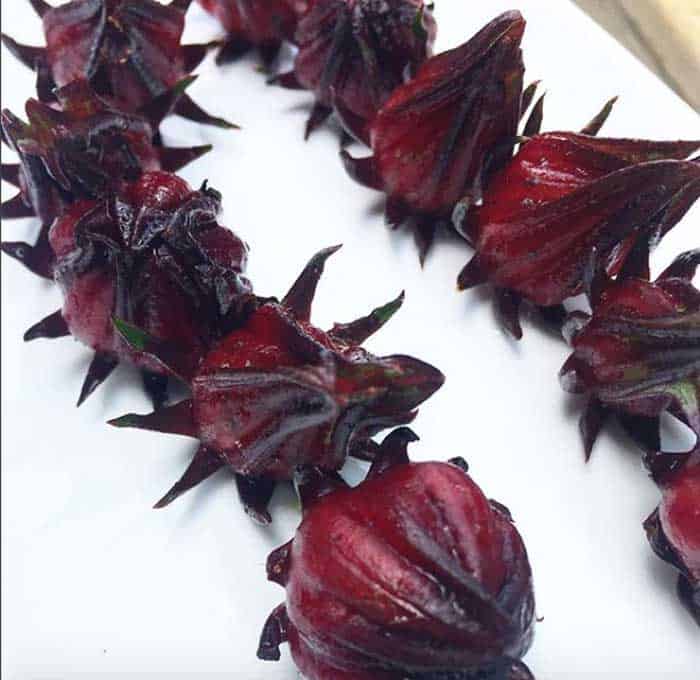

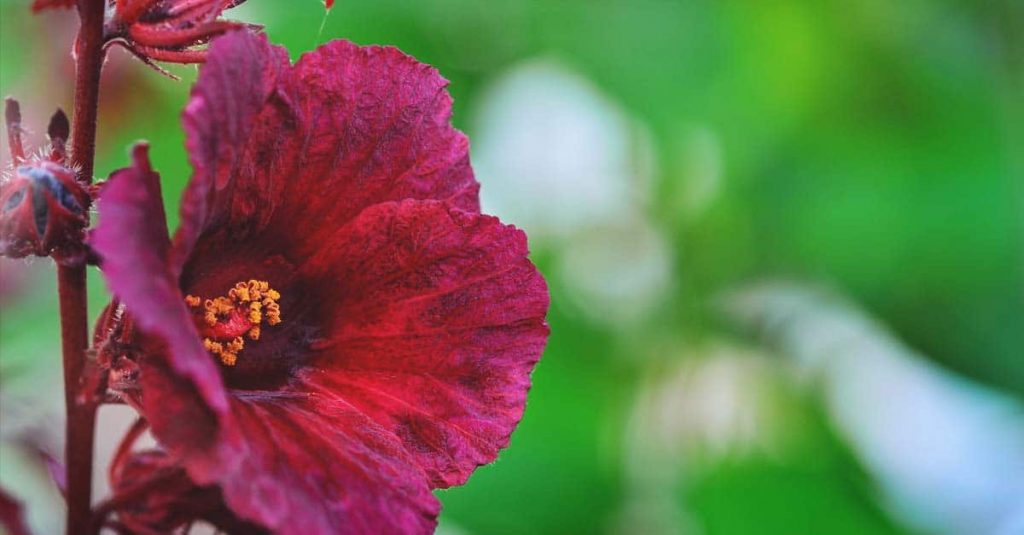
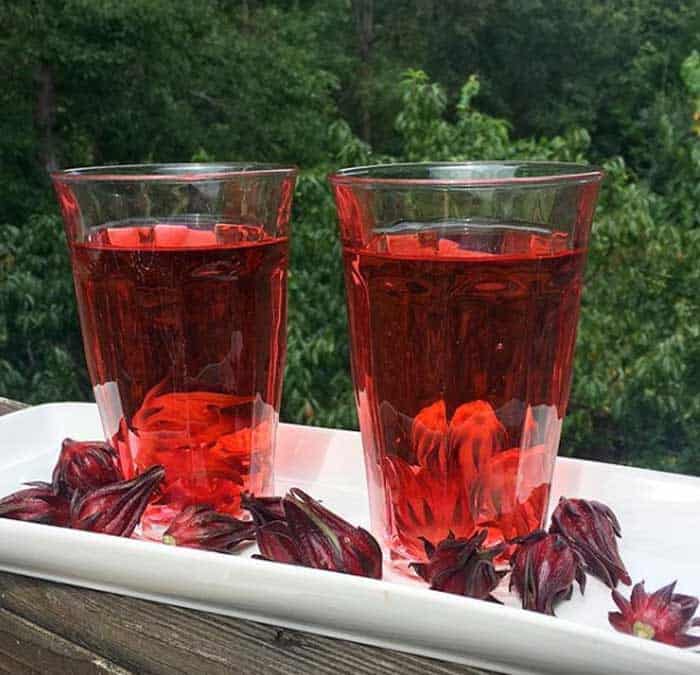
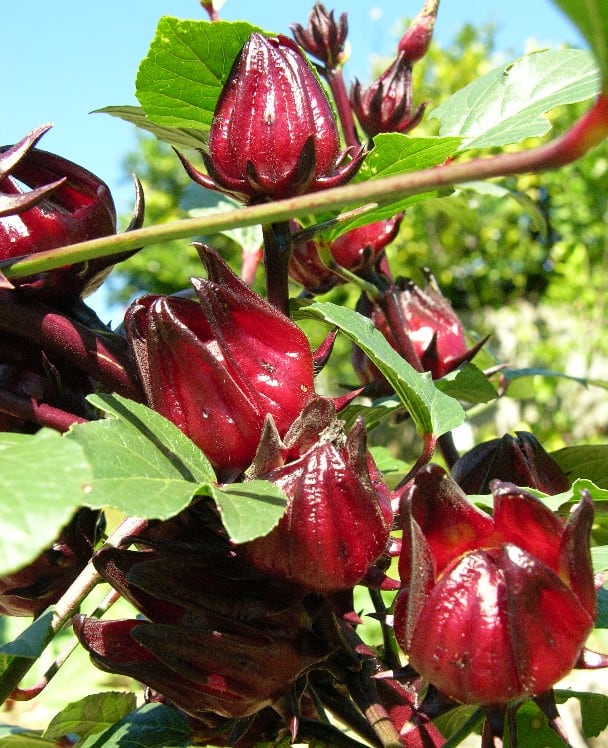
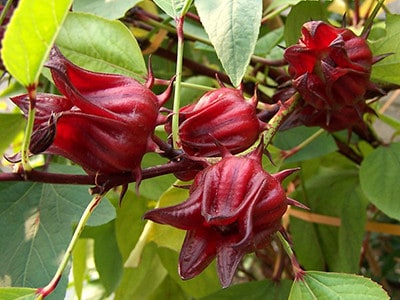
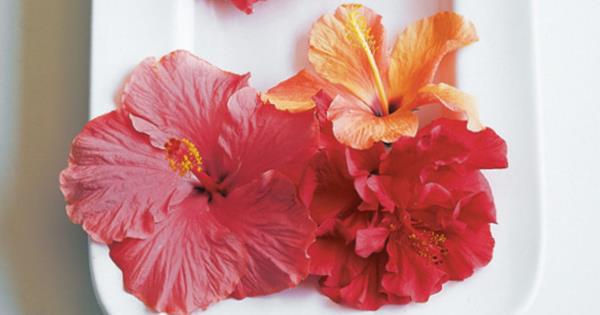
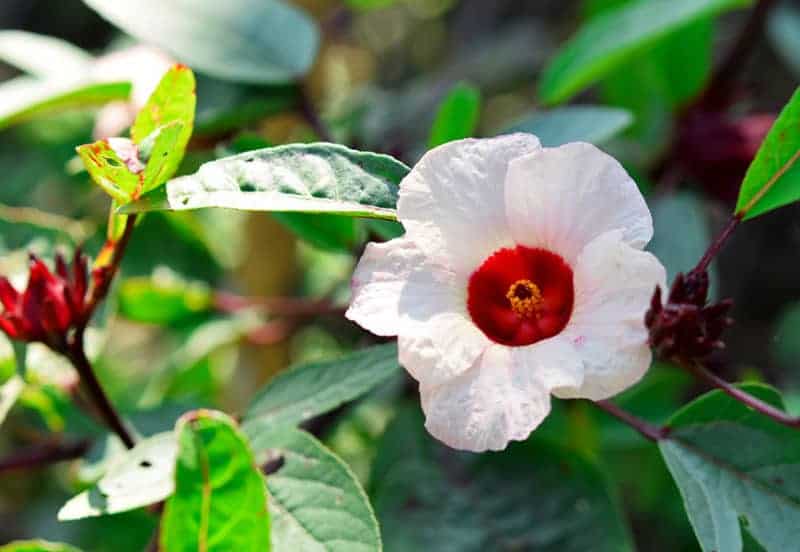
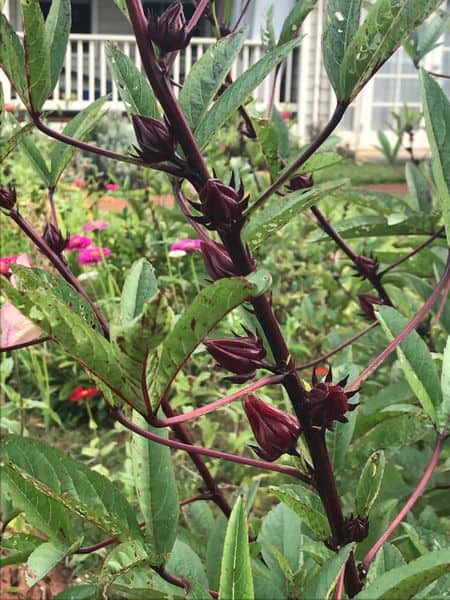
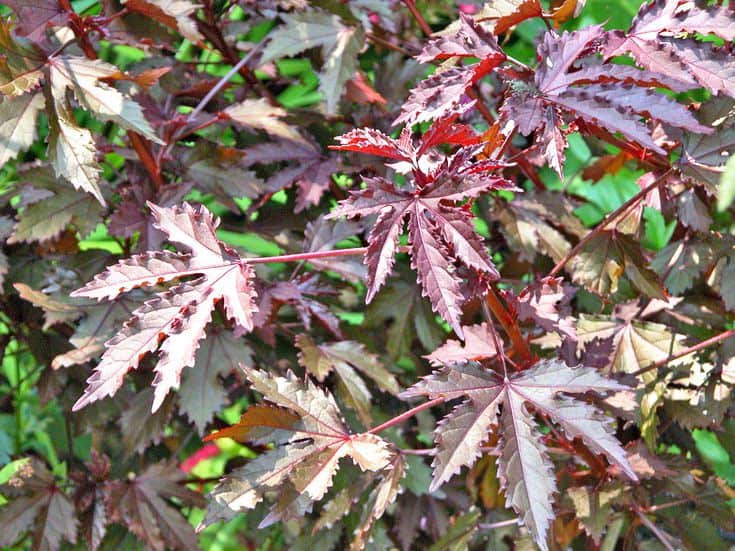
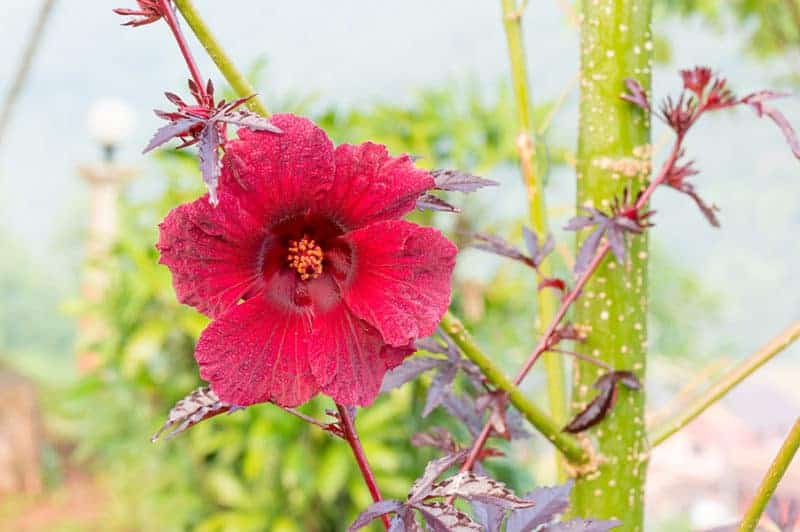
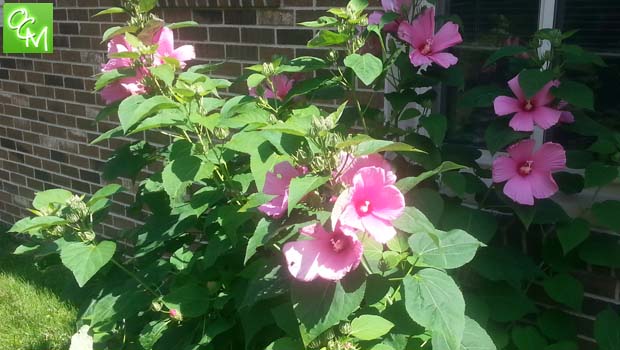
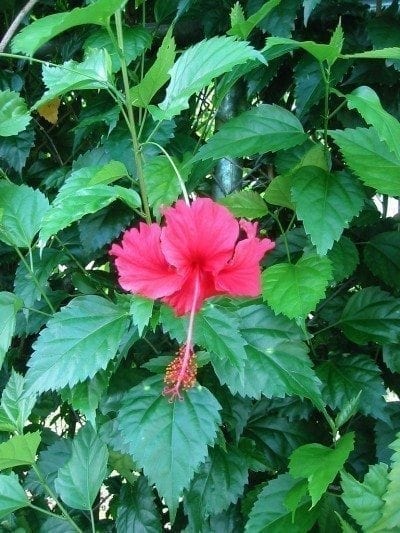
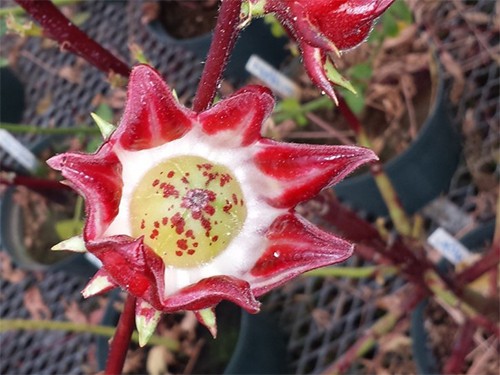
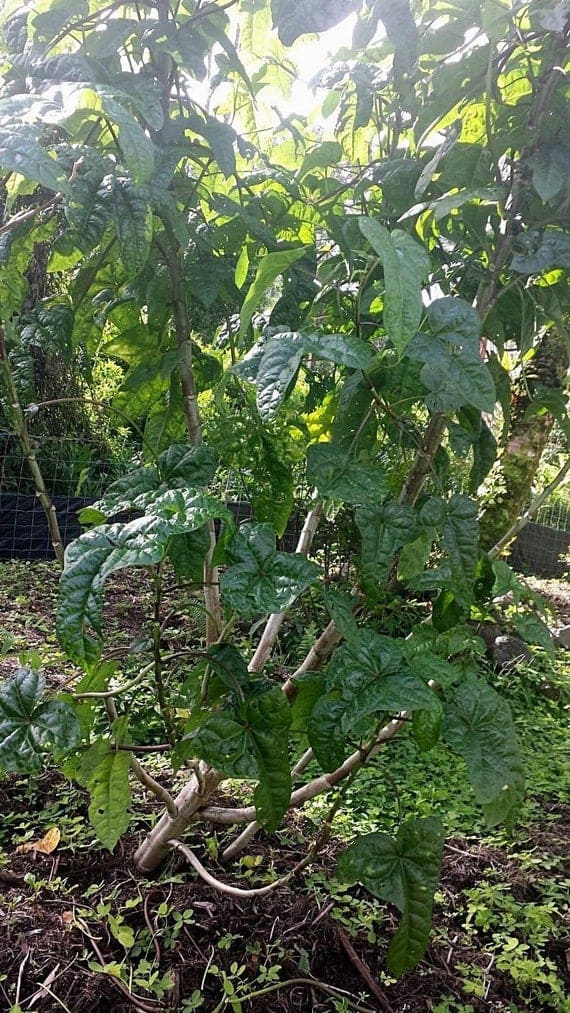
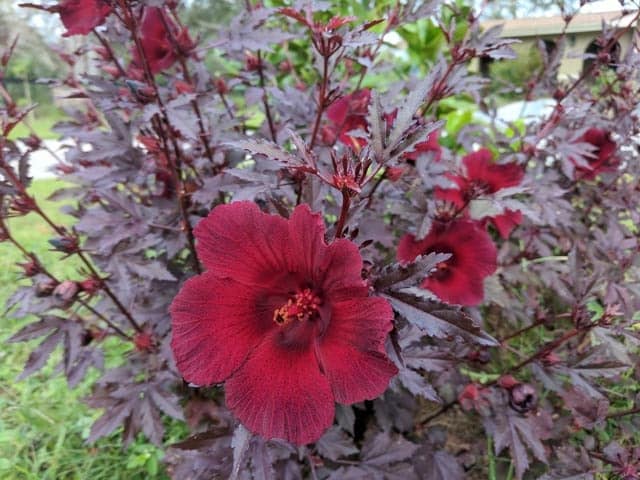
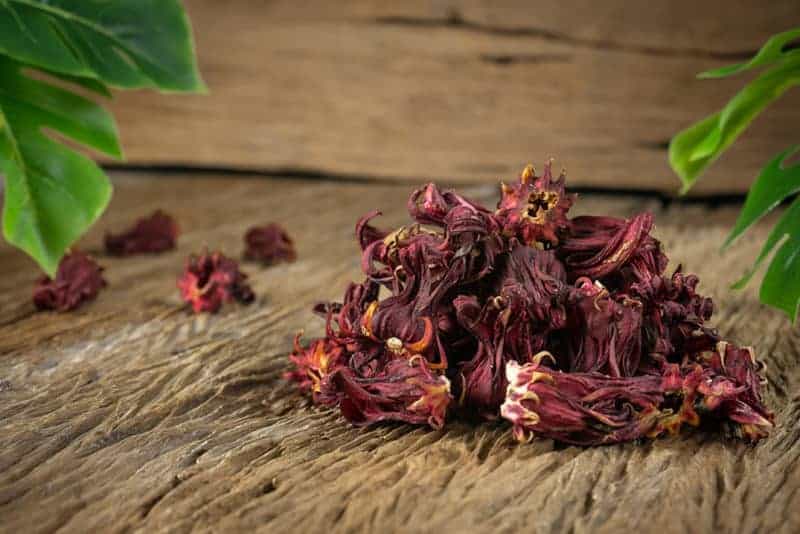
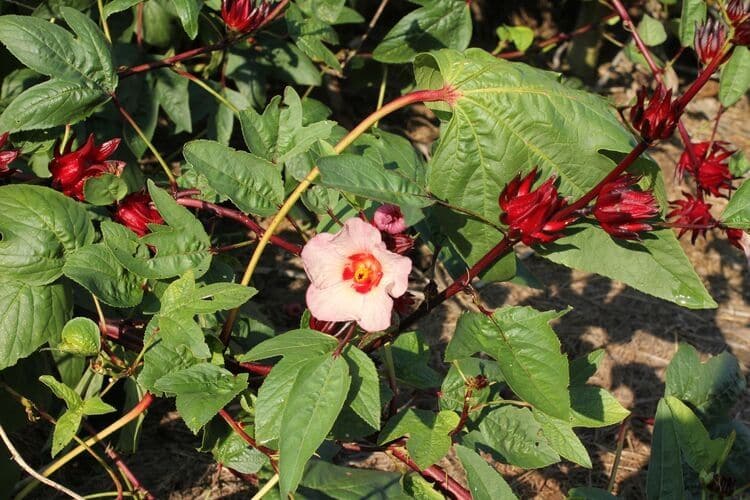


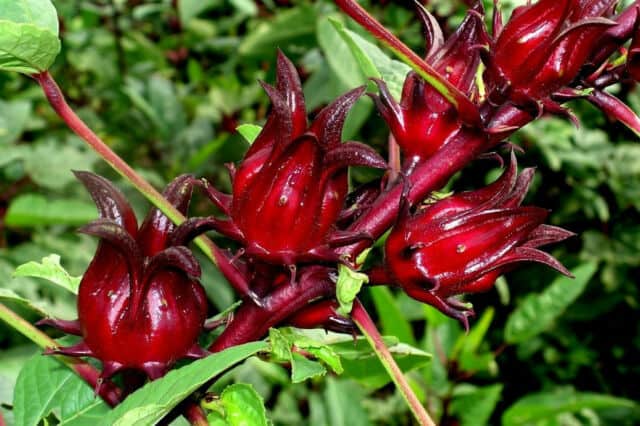
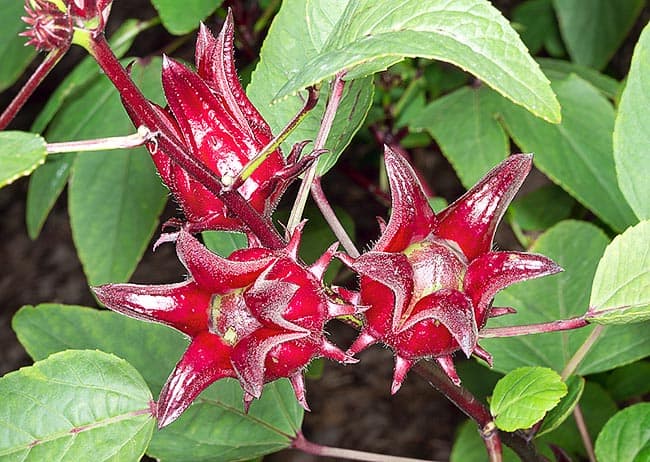
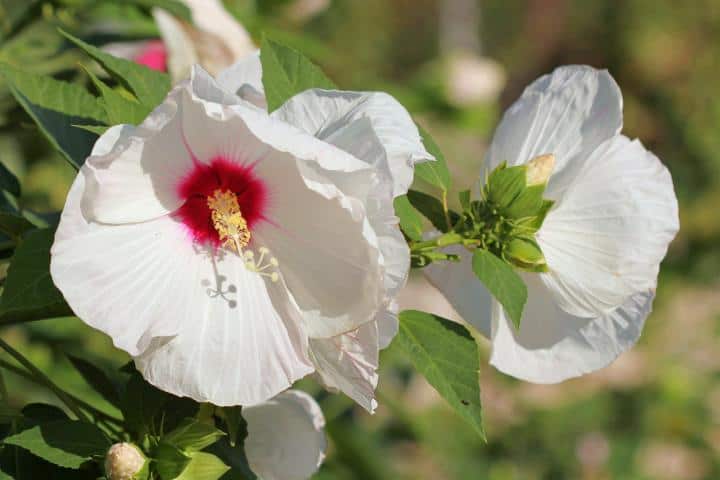
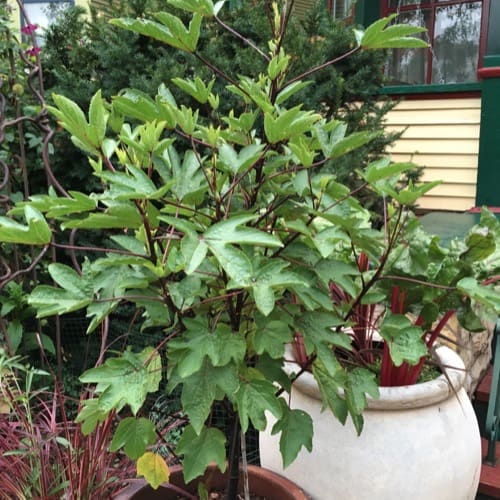
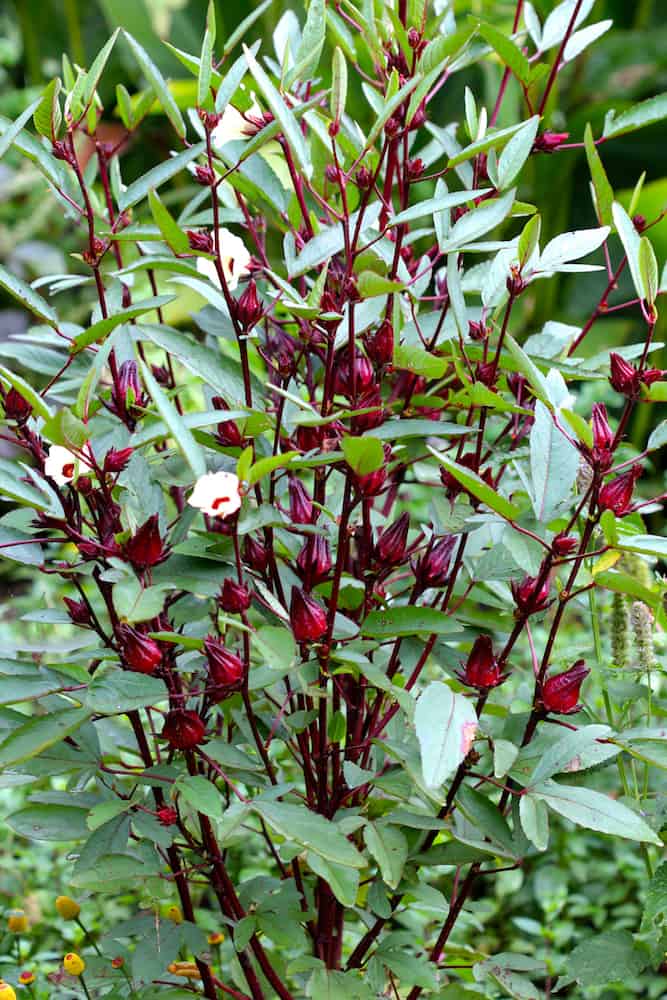
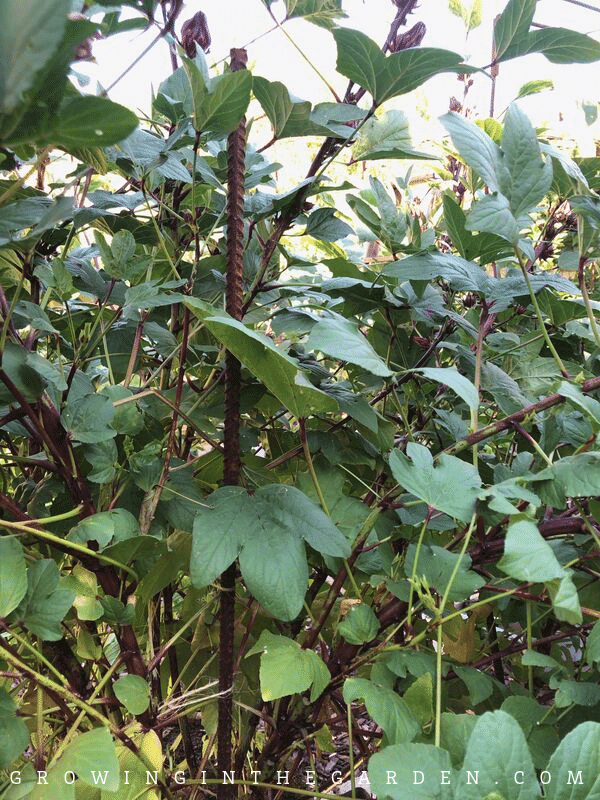
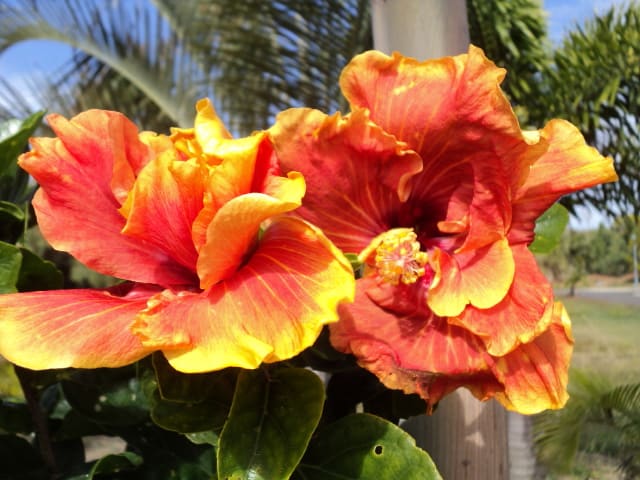

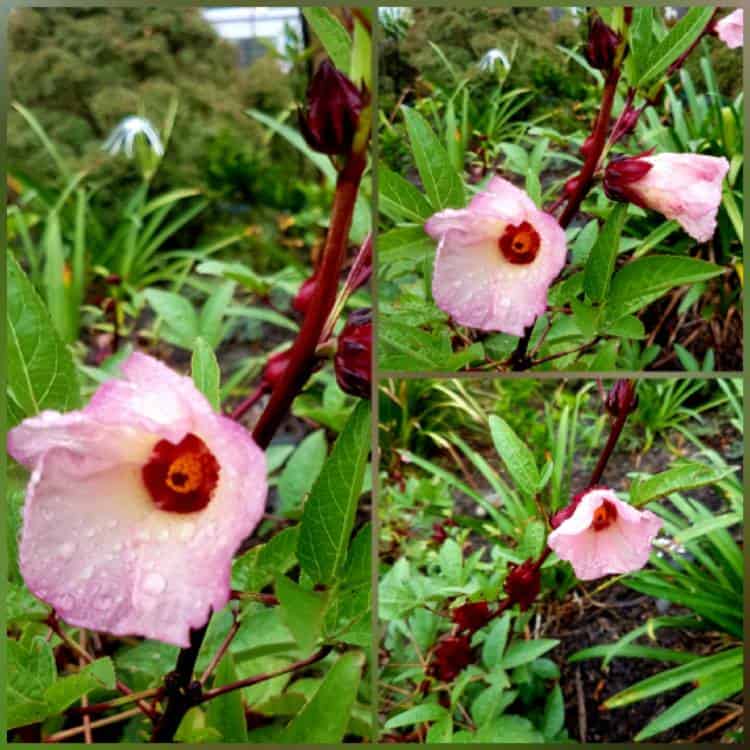
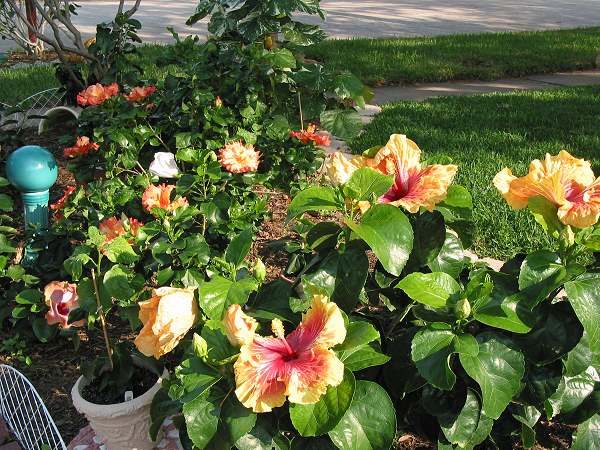
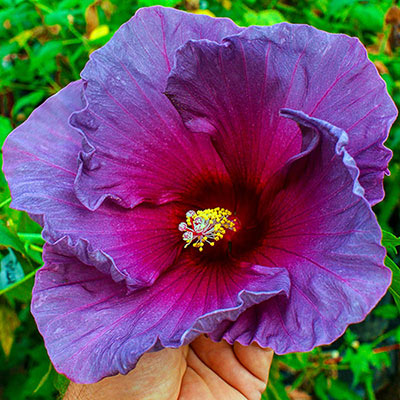
SKU 62478 HIBISCUS X MOSCHEUTOS ‘4406’ PPAF 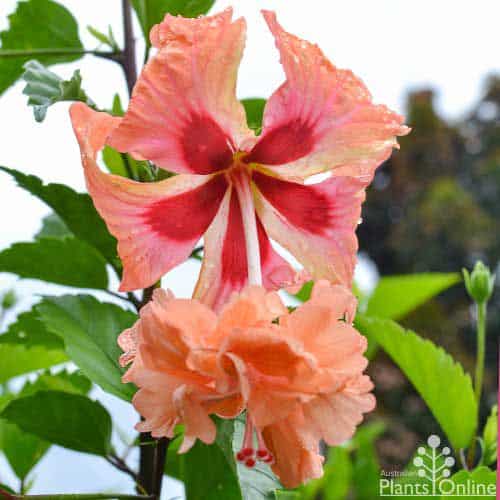



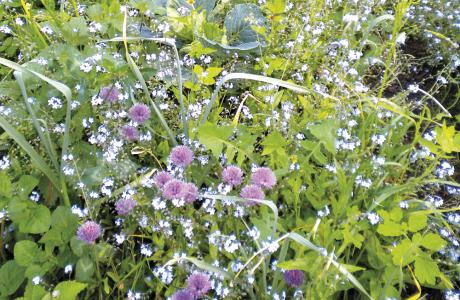
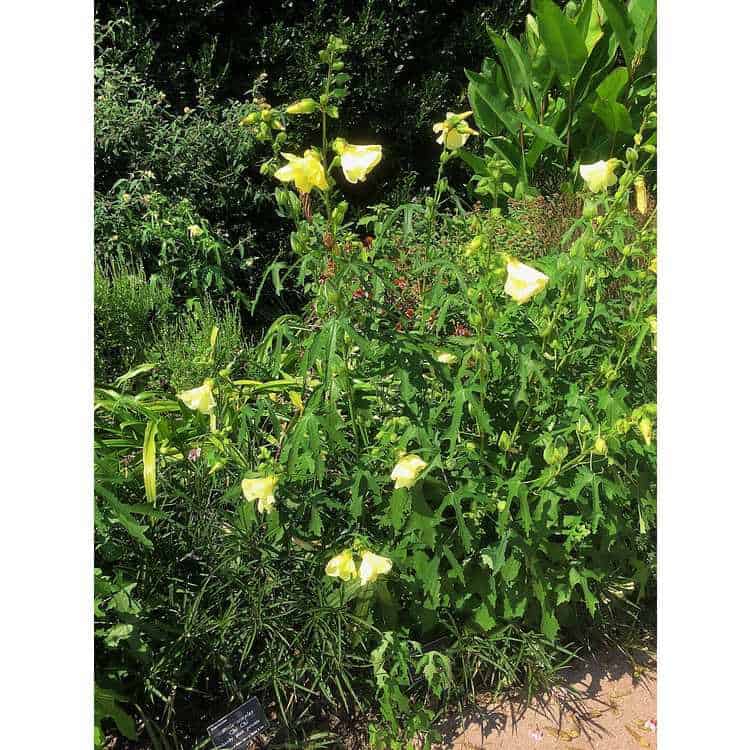
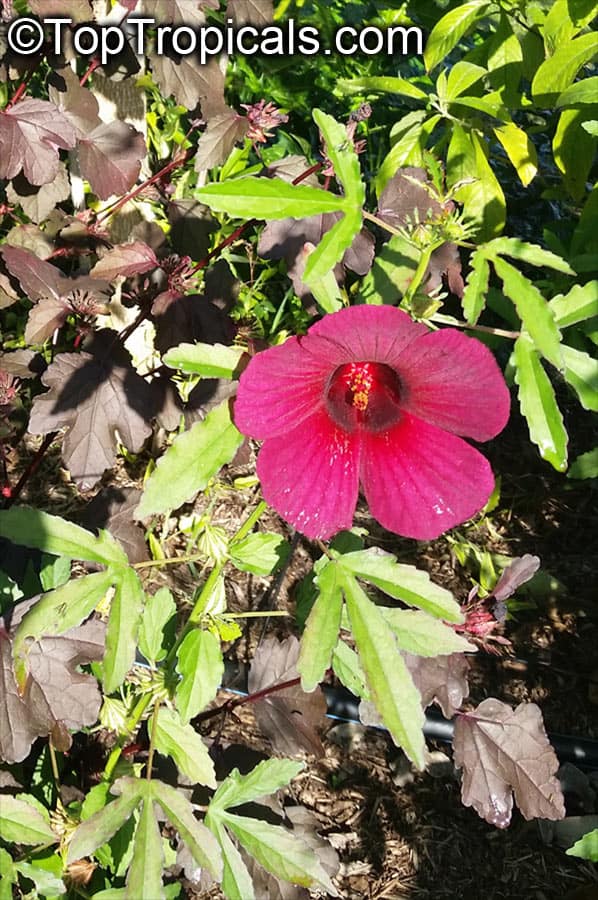

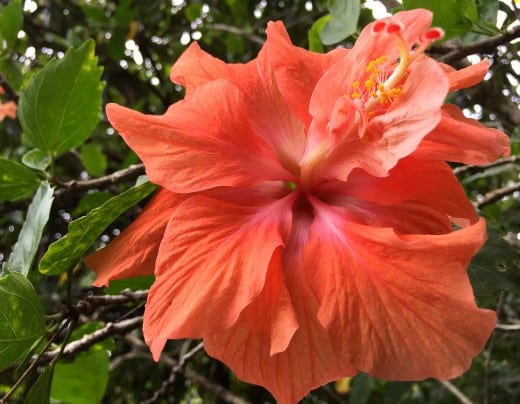
Hope you enjoy this post. You should check out our other growing guide:
